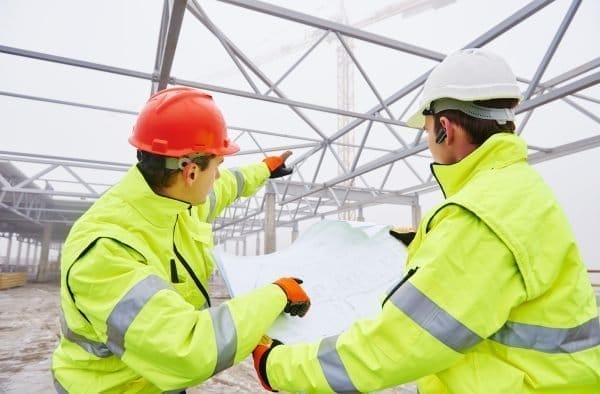
Walk onto any construction site—whether it’s a bridge in Kenya, a skyscraper in Dubai, a housing estate in Brazil, or a power plant in Kazakhstan—and one thing is immediately clear: the safety of workers depends heavily on their workwear and PPE.
Construction workers face unique challenges:
- Working at heights with the constant danger of falling objects
- Long shifts under scorching sun or heavy rain
- Nighttime or roadside projects where poor visibility is life-threatening
- Handling sharp rebar, heavy tools, concrete dust, and machinery
In this environment, workwear is not optional—it is lifesaving. And for distributors, trade agents, and contractors, supplying the right construction gear means meeting safety standards, winning trust, and avoiding project delays due to accidents or compliance failures.
This long-form guide explores market demand, accident cases, global standards, product must-haves, fabric innovations, procurement mistakes, and ROI calculations to help you navigate the growing construction workwear market.
Construction workwear must provide high visibility, durability, and heat adaptation. Essential gear includes reflective vests (EN ISO 20471/ANSI 107 certified), reinforced coveralls, steel-toe boots, gloves, and helmets. Buyers in hot regions should prioritize breathable fabrics, while all projects must ensure compliance with international PPE standards.
Why Construction Needs Specialized Workwear
The construction industry employs over 200 million workers worldwide (ILO, 2022). It is also among the most dangerous industries, accounting for 20–30% of workplace fatalities in many emerging markets. Here’s why specialized workwear is indispensable:
-
High Accident Rates
- Construction accidents are often linked to poor visibility, slips, falls, and struck-by incidents.
- Hi-vis gear reduces these risks dramatically, especially in roadside, tunnel, and night projects.
-
Heavy Wear & Tear
- Dust, steel, cement, and sharp tools mean ordinary clothing won’t survive.
- Durable fabrics with reinforced stitching, abrasion resistance, and protective panels extend product life cycles.
-
Heat Stress & Harsh Weather
- In the Middle East and Africa, heat stress is one of the leading causes of worker absenteeism.
- Breathable fabrics, moisture-wicking layers, and ventilation panels are now market differentiators.
-
Compliance & Project Standards
- International projects funded by the World Bank, IFC, or regional development banks require certified PPE.
- Non-compliant suppliers risk being rejected from tender processes.
-
Professionalism & Worker Morale
- Uniform workwear enhances discipline, reduces conflict, and projects professionalism to clients.
- A well-dressed workforce is not just safer, but also more trusted by investors and auditors.
Real-World Accident Cases
Real stories illustrate the importance of investing in the right workwear:
Case #1 – Road Construction, Ghana (2021)
A worker without a reflective vest was struck by a truck during evening work. Visibility was too poor for the driver to see him.
Lesson: Hi-vis vests (EN ISO 20471 certified) are not just formalities—they prevent fatalities.
Case #2 – High-Rise Project, UAE (2020)
Low-quality cotton coveralls tore within weeks, exposing workers to abrasions from steel bars. Multiple workers needed medical treatment.
Fix: Polyester-cotton blends with reinforced knees and triple stitching doubled uniform lifespan and reduced accidents.
Case #3 – Housing Project, Brazil (2019)
Workers wearing thick cotton uniforms in 35°C weather suffered multiple heat exhaustion cases.
Solution: Supplier switched to lightweight poly-cotton blends with mesh ventilation panels. Worker productivity rose by 20%.
Case #4 – Bridge Project, Kenya (2022)
Several workers suffered crushed toes when heavy rebar fell. They were wearing regular boots without toe protection.
Outcome: Procurement policy now mandates steel-toe, slip-resistant boots for all workers.
Case #5 – Tunnel Construction, Turkey (2021)
Poor lighting and lack of reflective gear led to near-misses with underground machinery.
Result: Hi-vis jackets with 360° reflective tape and helmets with reflective decals reduced accidents by 40%.
Standards for Construction Workwear
| Standard | Purpose | Region |
|---|---|---|
| EN ISO 20471 | High-visibility clothing standard | Europe / Global |
| ANSI/ISEA 107 | Hi-vis apparel standard | USA |
| EN 343 | Waterproof & breathable outerwear | Europe |
| EN ISO 11611/11612 | Heat and flame protection (welding, sparks) | Europe |
| ASTM Standards | Protective gear standards for construction | USA |
| SANS Standards | PPE compliance in South Africa | Africa |
⚠️ Note: Buyers in Africa, South America, and Central Asia often face mixed compliance requirements. Importers must check both international and local standards.
Key Workwear Items for Construction
| Item | Function | Best Materials |
|---|---|---|
| Hi-Vis Vests / Jackets | Improve visibility in low light | Polyester mesh + reflective tape |
| Durable Coveralls | Protection from abrasions & dirt | Poly-cotton blends (65/35) |
| Hard Hats | Prevent head injuries | HDPE / ABS plastic |
| Safety Boots | Prevent crushing & slips | Leather + steel toe |
| Gloves | Cut, abrasion, and puncture resistance | Nitrile, leather, Kevlar |
| Cooling Helmets / Caps | Reduce heat stress | Lightweight, ventilated ABS |
| Rain Gear (FR Optional) | All-weather protection | PU-coated fabrics |
Material Selection & Innovations
- Poly-Cotton Blends (65/35) → Durable, breathable, cost-effective.
- High-Denier Polyester → Enhanced abrasion resistance.
- Moisture-Wicking Fabrics → Reduce sweat, prevent heat stress.
- Reinforced Stitching → Extends product lifespan by up to 3x.
- Reflective Technology → New 3M reflective tapes maintain brightness after 50+ washes.
- Cooling Fabrics → Some suppliers now offer phase-change fabrics for desert climates.
✅ Pro Tip for Buyers: Match fabric weight to climate:
- 180–220gsm → hot climates (Africa, Middle East)
- 260–300gsm → moderate/cooler climates (Central Asia, Eastern Europe)
Procurement Mistakes to Avoid
- Buying cheap reflective vests → Reflective tape fades after 3–4 washes, leaving workers invisible.
- Ignoring climate suitability → Heavy cotton in hot regions causes absenteeism and lawsuits.
- Not testing durability → Stitch failures force replacements every 2 months.
- Incomplete PPE kits → Boots, gloves, and helmets are as critical as uniforms.
- Skipping compliance certificates → Can result in shipment rejections at customs.
ROI & Cost-Benefit Analysis
| Scenario | Without Correct PPE | With Correct PPE | Annual Savings |
|---|---|---|---|
| Accident due to poor visibility | $50,000+ compensation | $10 vest per worker | $49,990+ |
| Heat stress absenteeism | 15 lost days/worker | $25 uniform upgrade | $500+ per worker |
| Premature uniform wear & tear | Replace every 3 months | Durable gear lasts 9 months | 3x savings |
| Foot injuries (no steel-toe boots) | $5,000 per case | $30 boots per worker | Thousands saved |
Buyer’s Toolkit
Quick Checklist
- [ ] EN ISO 20471 / ANSI 107-certified hi-vis vests
- [ ] Fabric weight adapted to climate
- [ ] Reinforced stitching tested for abrasion
- [ ] Steel-toe, slip-resistant safety boots
- [ ] Industrial laundry test results
- [ ] Proof of compliance certificates
Buyer FAQ
Q1: How often should reflective gear be replaced?
- Every 6–12 months, or sooner if reflective tape fades.
Q2: Can breathable fabrics still be durable enough for construction?
- Yes. Modern blends combine durability with ventilation.
Q3: Is flame-resistant clothing necessary for all construction sites?
- Not always. It is mandatory in welding, electrical, or petrochemical environments.
Q4: What’s the most common procurement mistake?
- Choosing the cheapest supplier without checking compliance and wash-test durability.
Conclusion
The construction industry runs on visibility, durability, and heat adaptation. Supplying the right workwear means fewer accidents, lower costs, and higher worker morale.
For distributors and traders in Africa, Middle East, South America, and Central Asia, this market represents a fast-growing opportunity. Companies that deliver certified, climate-appropriate, and durable gear will gain long-term contracts and trusted partnerships.
📩 For certified construction workwear solutions:
Email: [email protected]
🌐 www.workwearsolutions.net
Zion Zhang
Recent Posts
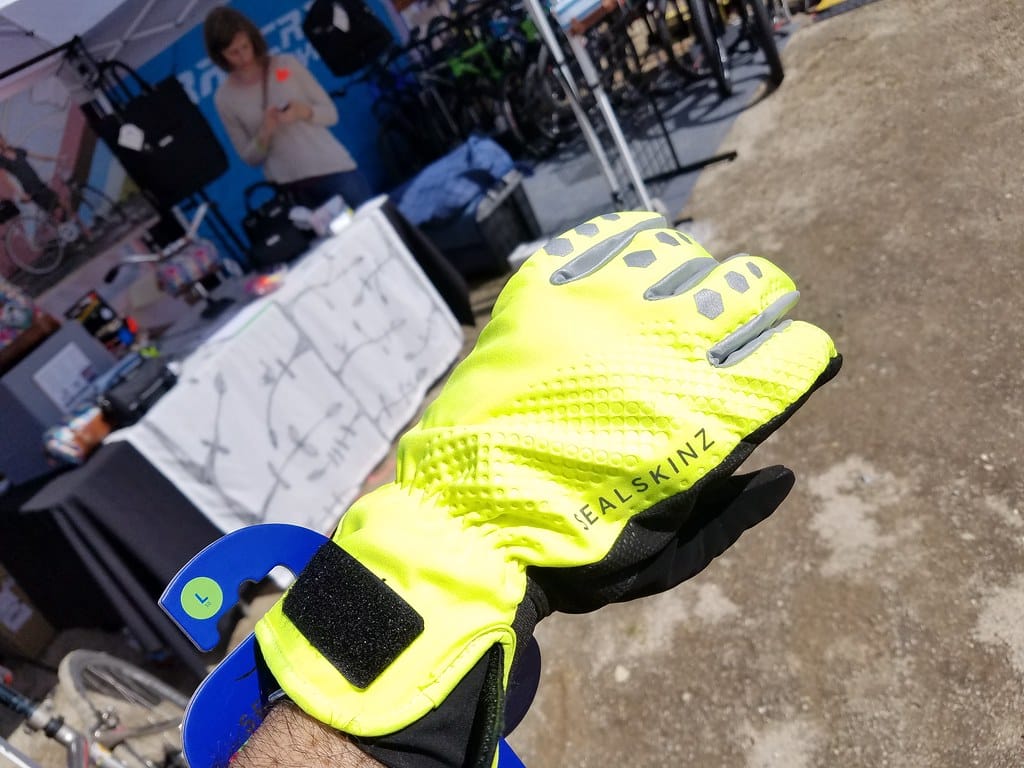 The Nigerian Agent Who Lost $50,000 on Fake Certificates — Then Came Back Stronger2025年10月20日Introduction In the global trade of PPE and industrial […]
The Nigerian Agent Who Lost $50,000 on Fake Certificates — Then Came Back Stronger2025年10月20日Introduction In the global trade of PPE and industrial […]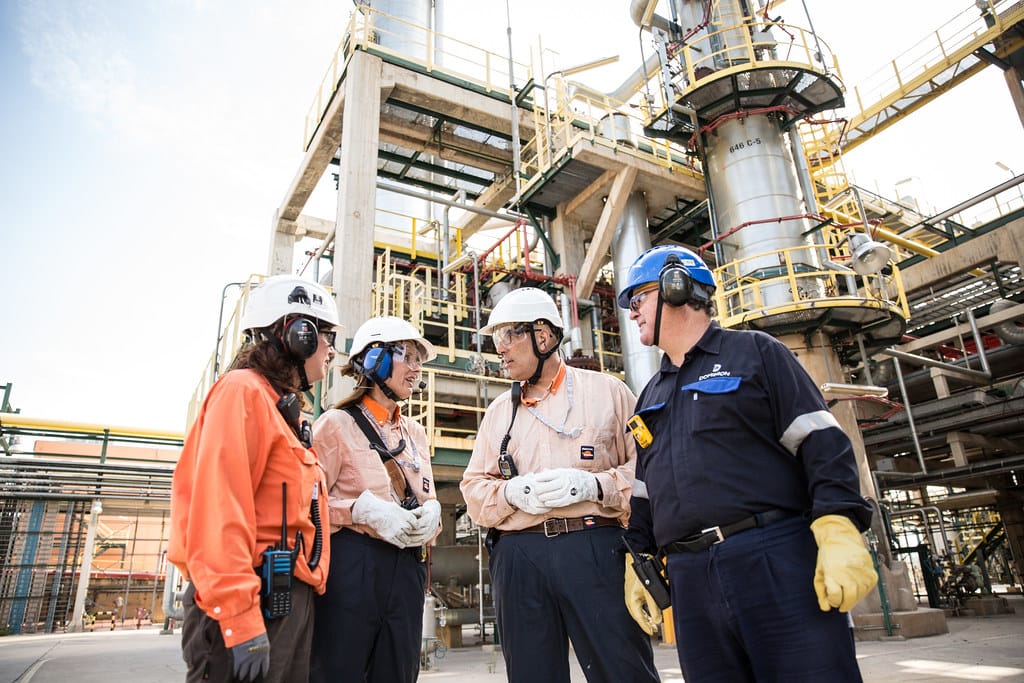 How a Brazilian Trader Used $5,000 to Break into the PPE Market2025年10月20日Introduction In a world where industrial safety and […]
How a Brazilian Trader Used $5,000 to Break into the PPE Market2025年10月20日Introduction In a world where industrial safety and […] From First Order to Market Leader: A Ghana Distributor’s 3-Year Journey2025年10月20日In the fast-growing African PPE and workwear market, small […]
From First Order to Market Leader: A Ghana Distributor’s 3-Year Journey2025年10月20日In the fast-growing African PPE and workwear market, small […]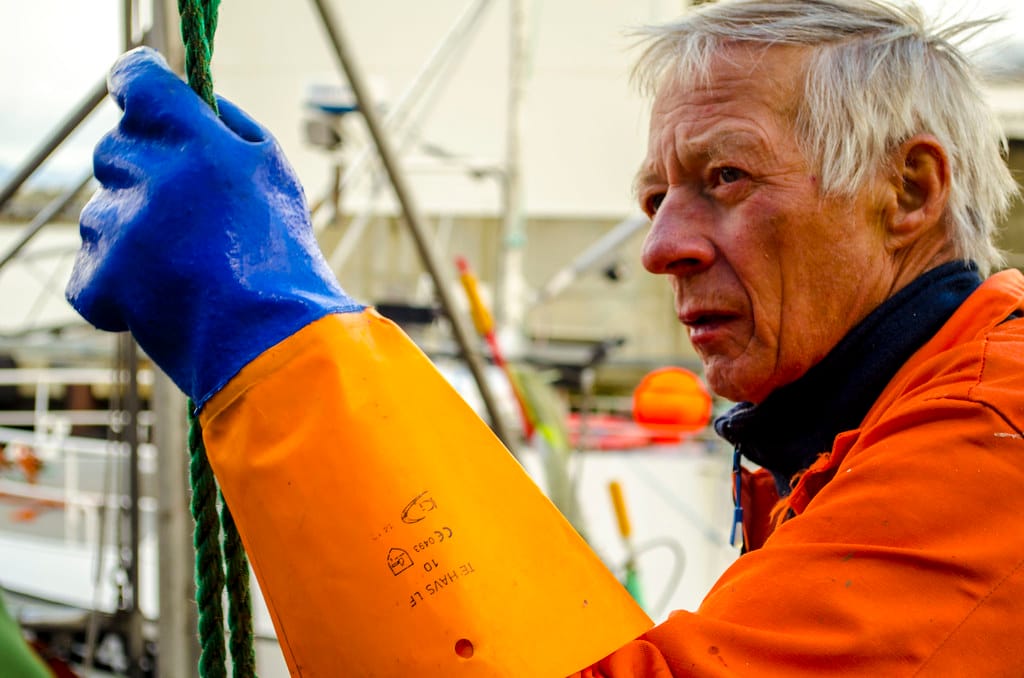 Scaling Your Workwear Brand: From Local Agent to Regional Distributor2025年10月15日In the workwear and PPE industry, many businesses start […]
Scaling Your Workwear Brand: From Local Agent to Regional Distributor2025年10月15日In the workwear and PPE industry, many businesses start […]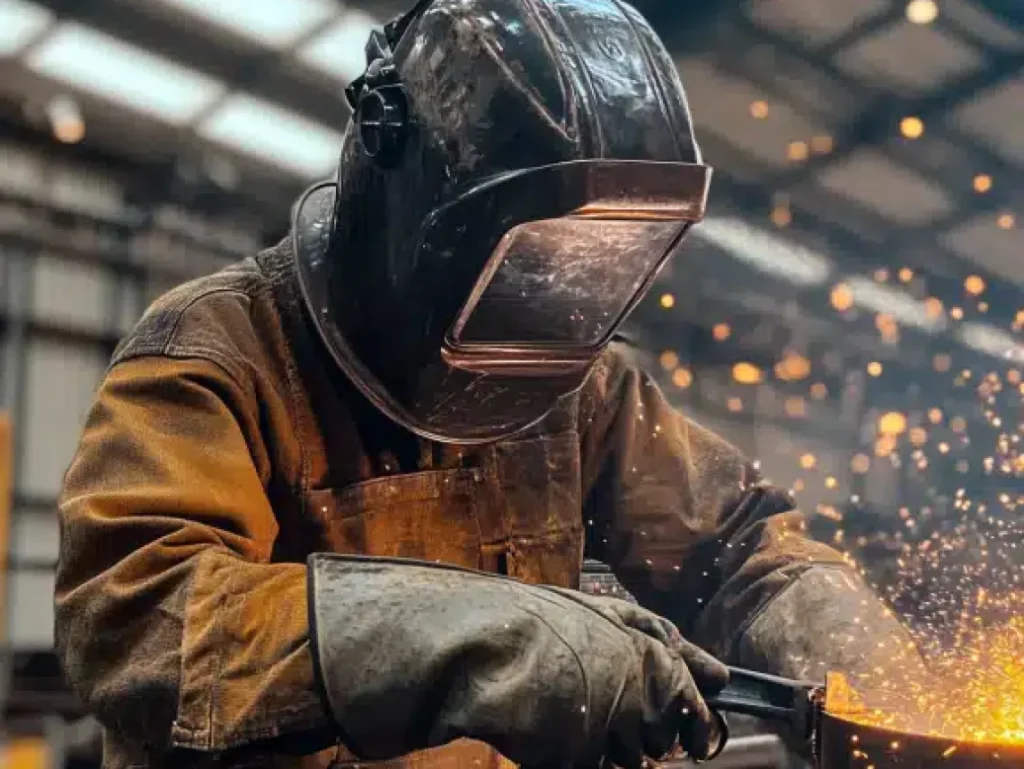 After-Sales Service & Customer Retention in the Workwear Business2025年10月15日In the global workwear and PPE industry, many suppliers […]
After-Sales Service & Customer Retention in the Workwear Business2025年10月15日In the global workwear and PPE industry, many suppliers […] Government & Corporate Contracts: Winning Large PPE & Workwear Deals2025年10月14日Government & Corporate Contracts: Winning Large PPE […]
Government & Corporate Contracts: Winning Large PPE & Workwear Deals2025年10月14日Government & Corporate Contracts: Winning Large PPE […]
CONTACT US
- Feel free to contact us any time. We will get back to you as soon as we can!
- +86-17330061805
